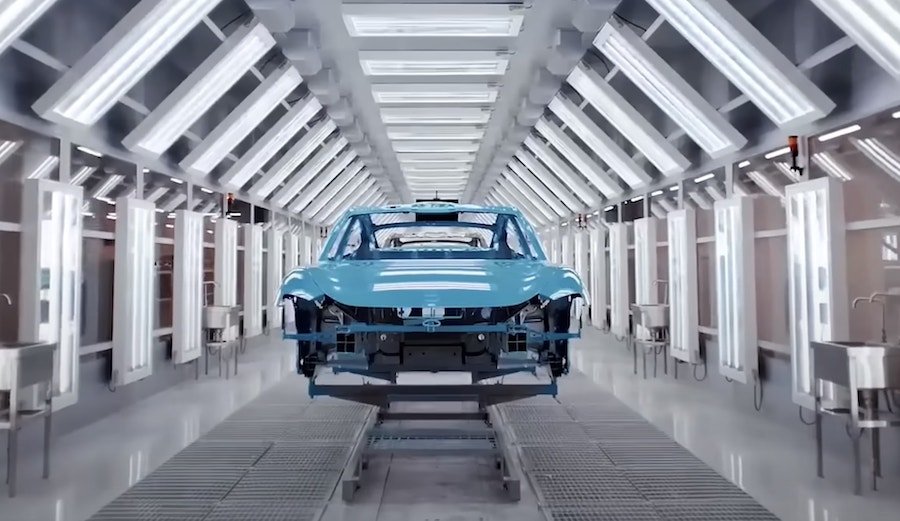One Car Every 76 Seconds: Inside Xiaomi's Smart Super Factory

The brand's founder, chairman, and CEO, Lei Jun, disclosed that the factory can build 40 cars per hour, which means that a new Xiaomi SU7 will roll off the production line every 76 seconds.
The high pace is due to the highly automated production line and advanced smart techniques involved. More than 700 robots reportedly operate in the factory. They carry out tasks such as installation, inspection, and transportation.
Twenty employees benefit from the assistance of 381 robots in the body shop, with eight robots per workstation, four on each side of the car. Robotic arms handle the doors, set them in place, tighten bolts, and adjust hinges.
Robotic arms also fit the front and rear windshield, but also the panoramic sunroof. From the moment the parts are picked up until they are assembled to the car body, it takes less than 30 seconds. That is twice as fast as that of traditional car companies, Xiaomi claims.
The smartphone/car manufacturer claims that this strategy is three times more efficient than using human operators only.
Xiaomi has implemented a smart system in the paint shop. Due to the flexible color sorting technique, the system is capable of quickly filling, cleaning, and supplying paint of each color, switching from one to another, in just 40 minutes. This can reduce order delivery time by 25 percent.
The first Xiaomi car, the SU7, plagued by bad luck
Xiaomi officially announced its intention to join the automotive industry on March 30, 2021. They already had a car in development by the time they made the announcement.
The Xiaomi SU7 was unveiled on March 28, 2024. The company is targeting a sales figure of 100,000 units sold per year in its first year on the market and up to 900,000 units over the following three years.
However, with orders for the SU7 pouring in, the automaker has issues to deal with. Several videos of test cars crashing have invaded social media. The scenario seems to be the same every time: The driver presses the acceleration pedal a bit too hard, the car loses traction and crashes into a curb, a pole, or another vehicle. Xiaomi must fix the issue before cars reach customers.
Related News


